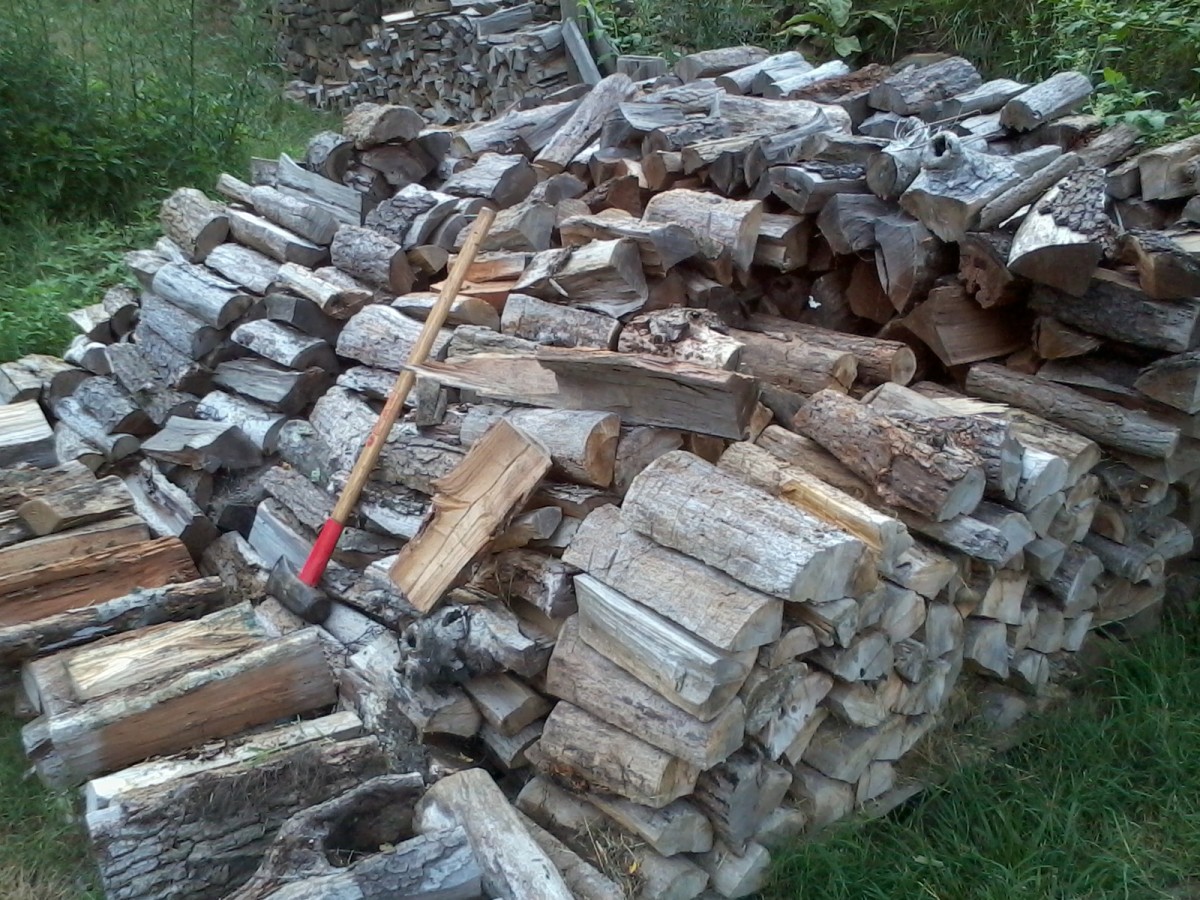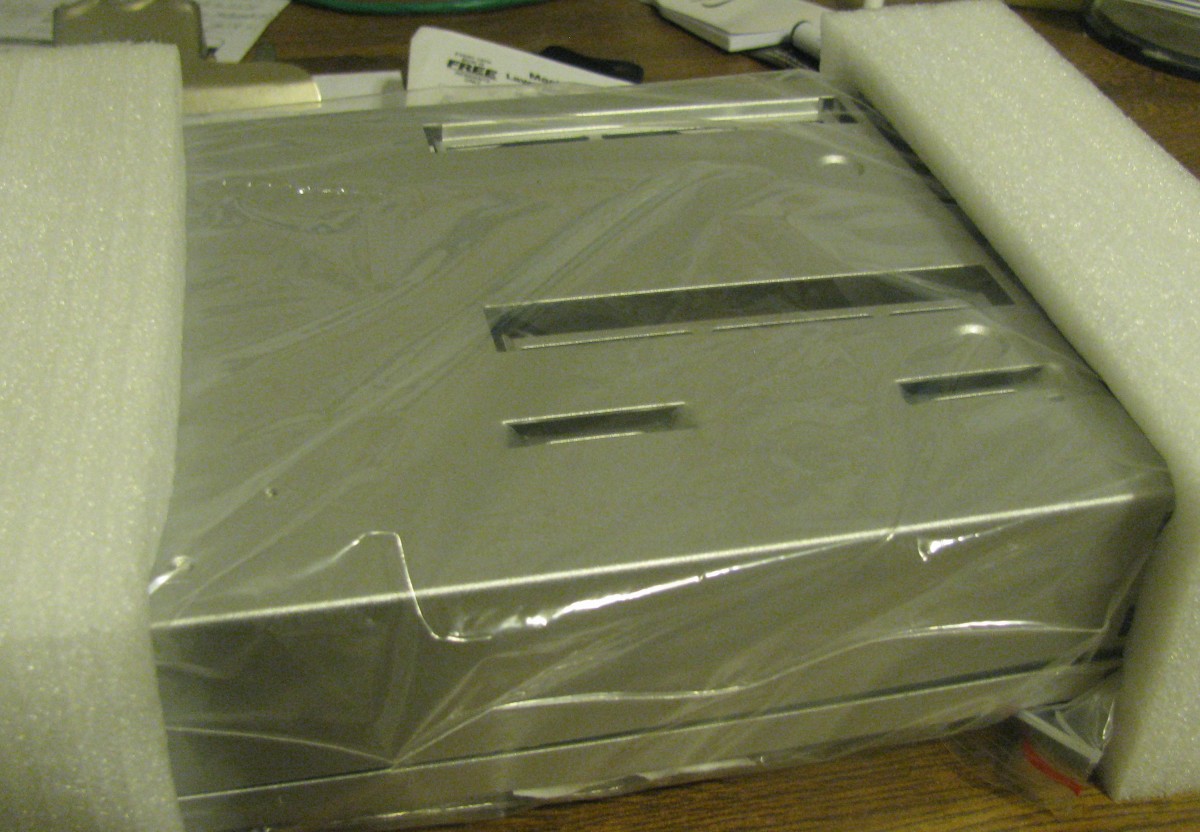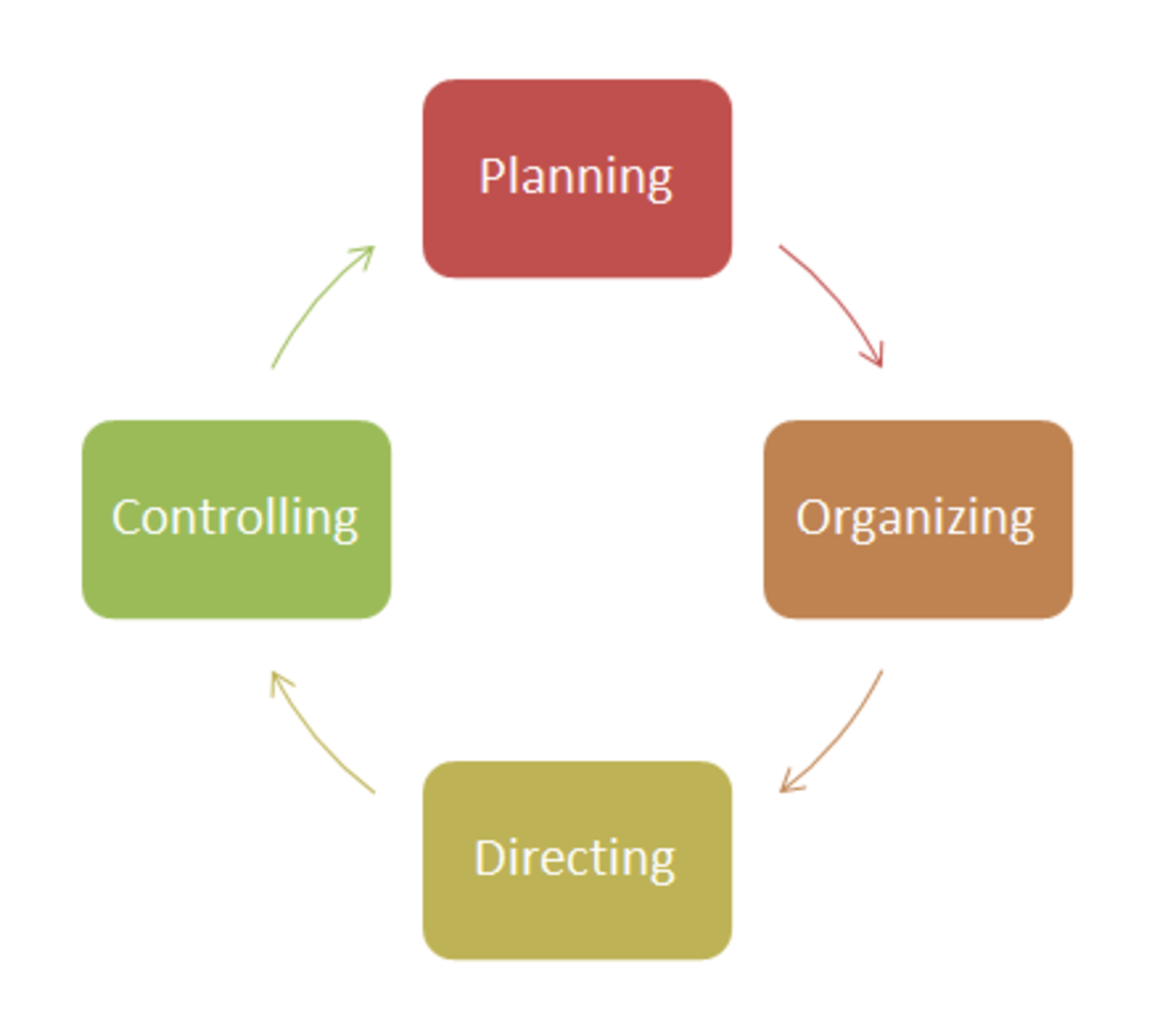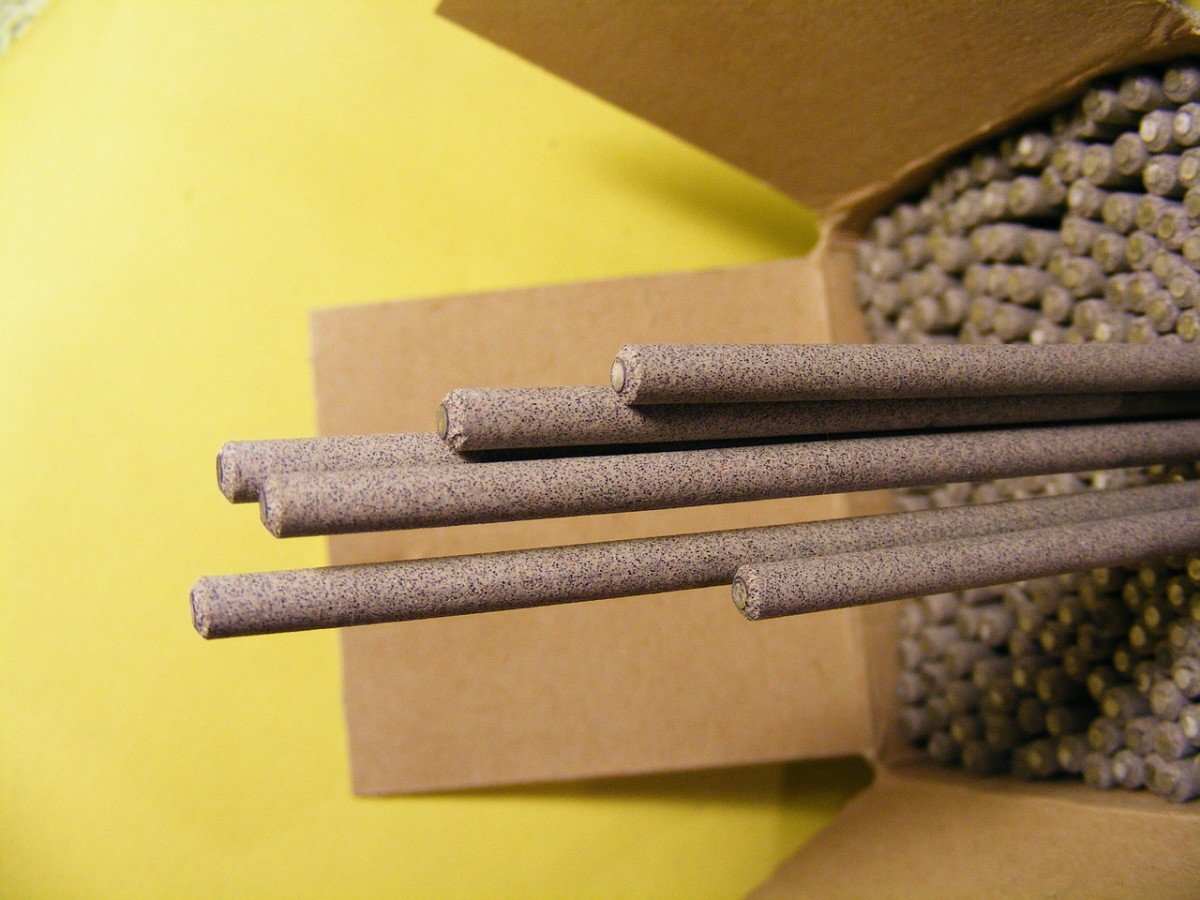Standards for Adhesives and Glues
Overview
Adhesives are tested according to standards laid out by ASTM International (ASTM) or the International Standards Organization (ISO).
Wood adhesive testing standards exist for general usage such as furniture assembly as well as in construction. Metal to metal adhesive testing standards exist. However, there are no separate standards for using adhesives with metal in construction, since metal in construction is generally bolted, fastened or welded together.

General Adhesive Standards
ASTM D907-11a defines the terminology used in ASTM adhesive standards. ASTM D4689-99 is the standard for casein-type adhesives used to bind wood to wood. ASTM D4960-99 outlines the material specifications for urea-formaldehyde resin adhesives. ISO 9665 outlines the approved methods of sampling and testing glues made from animals.
Wood Adhesive Testing Standards
ISO 4578 is used to determine the peel resistance of adhesive using a floating roller. ISO 9653 defines the process of measuring the shear impact strength of adhesive.
ASTM D905-08e1 defines how the strength of adhesive bonds are tested using compression loading. ASTM 905-08e1 replaced the old standard ASTM D905-03. ASTM International has several additional standards applicable to adhesives and glues used in construction with wood.
Testing Adhesives Used in Wood in Construction
ASTM D906-98 measures the strength of adhesives in plywood construction via tension loading. ASTM D1101-97a covers the use of adhesive joints in wood laminates used outdoors. ASTM D4688-99 is used to measure the strength of adhesives used in finger-joined lumber.
ISO 17087 outlines the specifications for adhesives and glues used in non-structural lumber finger joints. ASTM D5824-98 tests the de-lamination of adhesives in wood core laminates as they are exposed to heat and moisture. ASTM D2559-04 describes the specifications for wood adhesives used in wet climates or wet use applications such as saunas. ASTM D5266-99 is the standard for estimating the percentage of wood failure of wood joints bonded with adhesive.
ISO 6238 outlines the ISO standards for testing of adhesive bonded wood pieces. ISO 6238 measures the sheer strength of wood adhesives using compressive loading. ISO 26842-1 and 26842-2 are used to evaluate adhesives used for indoor wood products. ISO 26842-1 measures de-lamination of glued wood under general conditions. ISO 28684-2 measures resistance of wood to adhesive joints to de-lamination in severe environments.
Metal to Metal Adhesive Testing Standards
ASTM D891-01e1 is the general method of testing the tensile properties of adhesive when bonding two pieces of metal. ASTM D903-98 is the method of measuring the peel strength and stripping strength of adhesives on metal.
ISO standard 11339 is the T-peel test for flexible bonded assemblies ASTM D950-03 is the method of testing the impact strength of adhesives on metal under sudden loads. ASTM D2651-01 gives the ASTM recommendations for preparing metal surfaces for adhesive use. ISO 17212 is the ISO standard for preparing both metals and plastics for adhesive bonding.
ASTM D1002-05 tests the sheer strength of adhesives used to bond two metal specimens together using tension loading. ASTM D1062-02 tests the cleavage strength of adhesives used to bond two metal pieces or metal laminated materials.
ASTM International Standard D2293-96 tests the creeping of adhesives when two metal items glued together are under a compression load. ASTM D2295-96 tests the shear strength of adhesives used to bind two metal pieces while subjected to high temperatures, up to 1500°F.
ASTM D3166-99 tests the fatigue properties of adhesives between two metal surfaces. ISO 9664 tests the fatigue properties of adhesives used in construction in tensile sheer. ASTM D1780-05 is used to measure the creep of adhesive used to bind metal together. ISO 14676 measures the effectiveness of aluminum surface treatments with adhesives using a floating roller and running a wet-peel test.








